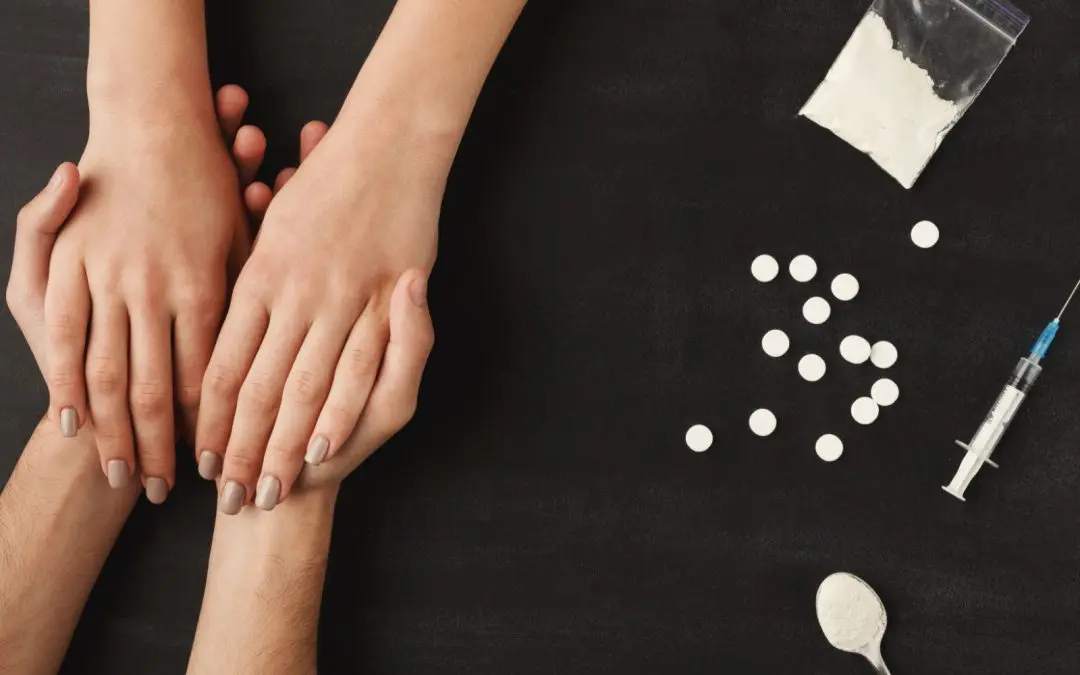24/7 Helpline:
(866) 899-221924/7 Helpline:
(866) 899-2219
Learn more about Ritalin Rehab centers in Lometa
Ritalin Rehab in Other Cities

Other Insurance Options

Humana
Beacon

Optima

BHS | Behavioral Health Systems

Covered California

Medical Mutual of Ohio

Magellan Health

Ambetter

Lucent

Oxford

WellPoint

Ceridian

EmblemHealth

Providence

Multiplan

Horizon Healthcare Service

WellCare Health Plans

Sliding scale payment assistance

Meritain

State Farm











